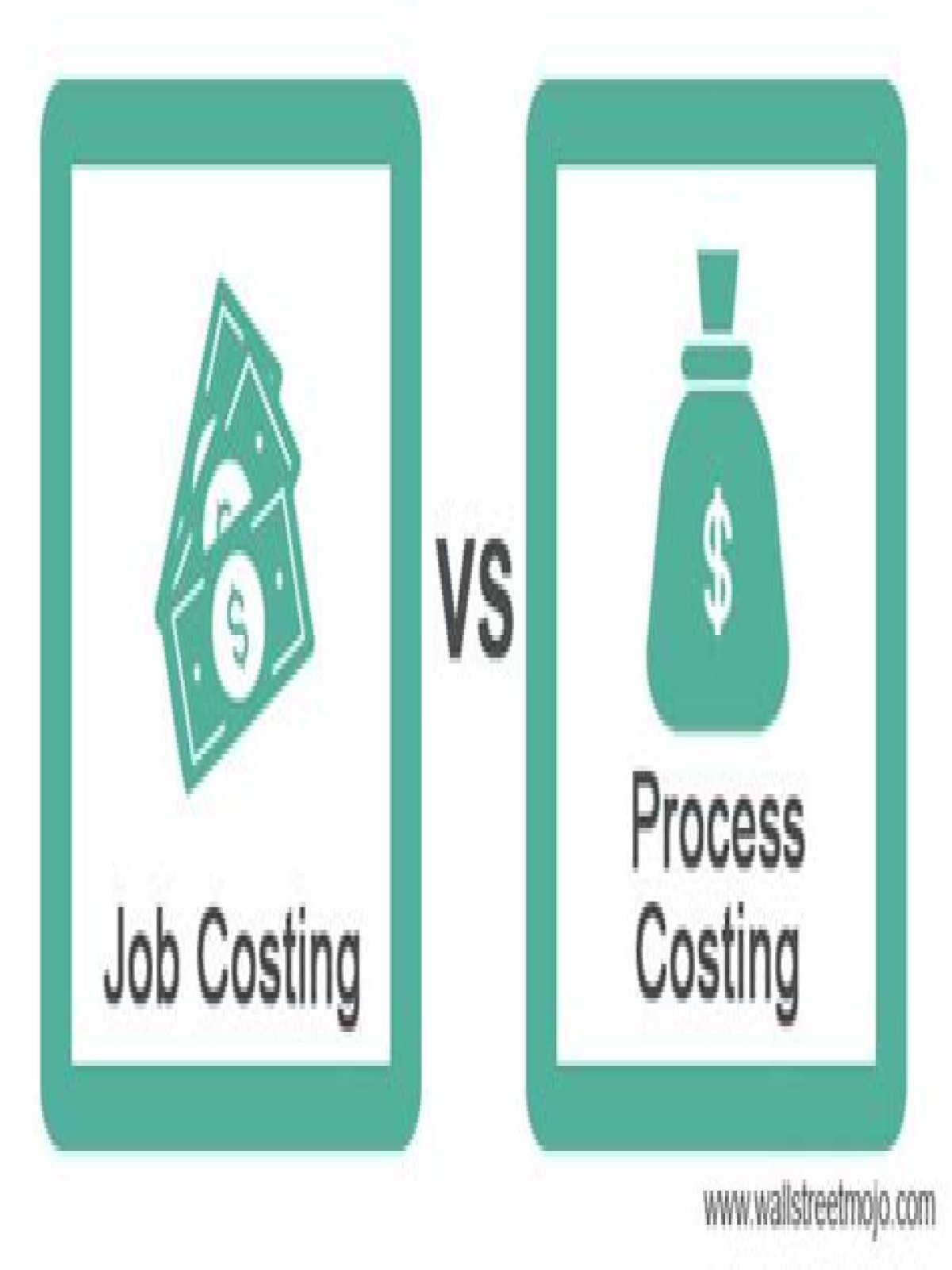What are the similarities and differences between job costing and process costing system?
Job costing and process costing have important similarities: Both job and process cost systems have the same goal: to determine the cost of products. Both job and process cost systems have the same cost flows. Accountants record production in separate accounts for materials inventory, labor, and overhead.
How does actual costing differ from normal costing quizlet?
The only difference between costing a job with normal costing and actual costing is that normal costing uses BUDGETED indirect-cost rates where actual costing using ACTUAL indirect-cost rates calculated annually at the end of the year. All product costs are accumulated in the work-in-process control account.
What are the differences between job order costing system and process costing system?
The job order costing is used for the costing of products that are more unique and customizable. This is usually applied to small production orders. The process costing is used for the costing of more standardized products that are usually produced in large volumes.
Why do companies prefer normal costing over actual costing?
Normal costing uses a predetermined annual overhead rate to assign manufacturing overhead to products. Normal costing will result in an overhead rate that is more uniform and realistic for all of the units manufactured during an accounting year. …
- How does actual costing differ from normal costing quizlet?
- What are the differences between the two costing methods?
- What are the main characteristics of process costing?
- What is the difference between actual costing and normal costing?
- What is the difference between normal traditional costing and actual costing?
- What are the objectives of process costing?
- What is the formula for actual cost?
- What is ABC cost hierarchy?
- What is actual and normal costing?
What are the differences between the two costing methods?
In the field of accounting, variable costing (direct costing) and absorption costing (full costing) are two different methods of applying production costs to products or services. The difference between the two methods is in the treatment of fixed manufacturing overhead costs.
What are the main characteristics of process costing?
Features of Process Costing
- The production is continuous.
- The product is homogeneous.
- The process is standardized.
- The output of one process becomes the raw material of another process.
- The output of the last process is transferred to finished stock.
- Costs are collected process-wise.
What is the difference between actual and normal costing?
Actual costing uses the real expenditures that were incurred in the production of a product or service. Extended normal costing uses the actual costs of direct materials and direct labor but relies on a budgeted figure for overhead costs.
What are the four levels of a cost hierarchy?
The Hierarchy of Costs groups costs based on whether the activity is at the facility level, product or customer level, batch level, or unit level.
What is the difference between actual costing and normal costing?
What is the difference between normal traditional costing and actual costing?
Normal costing varies from standard costing, in that standard costing uses entirely predetermined costs for all aspects of a product, while normal costing uses actual costs for the materials and labor components.
What is the traditional costing method?
Traditional costing is the allocation of factory overhead to products based on the volume of production resources consumed. Under this method, overhead is usually applied based on either the amount of direct labor hours consumed or machine hours used.
What are the elements of process costing?
There are four basic steps in accounting for Process cost:
- Summarize the flow of physical units of output.
- Compute output in terms of equivalent units.
- Summarize total costs to account for and Compute equivalent unit costs.
- Assign total costs to units completed and to units in ending work in process inventory.
What are the objectives of process costing?
Objectives of Process Costing 1. To determine the unit cost. 2. To determine the method of allocation of manufacturing costs incurred during a given period.
What is the formula for actual cost?
Actual cost can be calculated with the following formula: Actual Cost = Direct Costs + Indirect Costs + Fixed Costs + Variable Costs + Sunken Costs As you can see above, the actual cost formula factors in several types of project costs.
What is a normal costing?
Definition: Normal costing is cost allocation method that assigns costs to products based on the materials, labor, and overhead used to produce them. In other words, it’s a way to find the price of an item that is being produced using three different cost factors (which make up the product cost).
What are the 4 Levels of activity in ABC?
Four Levels of Activity With activity-based costing, sometimes referred to as ABC, companies account for expenses by categorizing the source of the cost into one of four general groups: unit-based, batch-based, product-based, and facility-based costs.
What is ABC cost hierarchy?
Cost Hierarchy is a classification system that assists in the allocation of costs. It helps to allocate costs more precisely and is primarily used in ABC (activity-based costing) system. Under the cost hierarchy, a company categorizes cost based on activity levels. Often it gets tough to assign a cost to a product.
What is actual and normal costing?
What is a normal costing system?
Normal costing is a method of costing that is used in the derivation of cost. In normal costing, usually the actual data is used in order to derive the cost for a product with the exception of manufacturing overhead rate, whereas in standard costing, the costs used are all predetermined i.e. budgeted costs.
